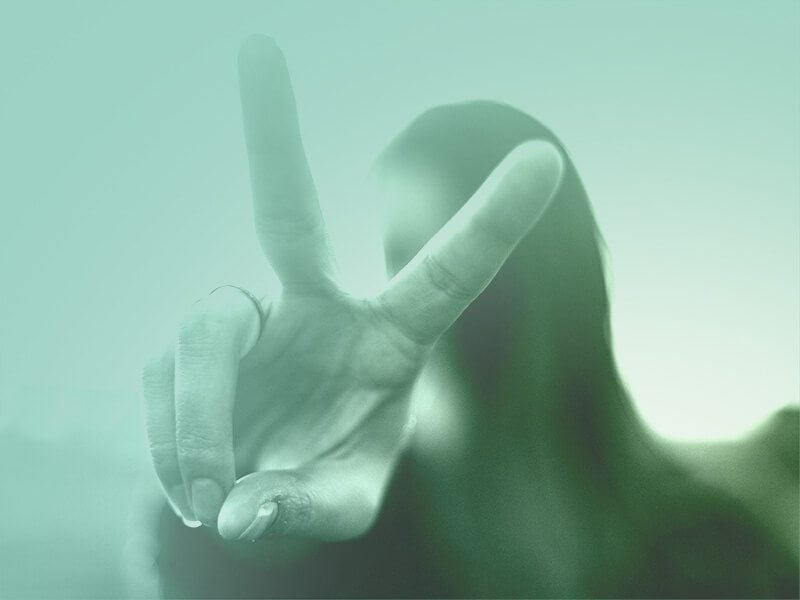The Venice Biennale is one of the biggest events in the art world, where the exhibitions are arranged around “pavilions” sponsored by people, countries, and galleries. This year, an unlikely candidate is joining them: the Roman Catholic Church, hosting a pavilion with the theme “Creation, De-Creation, and Re-Creation.” The New York Times reported on it:
Rather than requiring the artists to create liturgical art, Cardinal Ravasi said he had asked them to explore the theme of “Creation, De-Creation and Re-Creation” for the 55th edition of the international art exhibition, which opens on June 1 and includes pavilions from more than 80 countries.
“We want to create an atmosphere of dialogue between art and faith,” Cardinal Ravasi said at a news conference on Tuesday.
In the past the church has fiercely criticized some works of contemporary art, especially those using religious symbols — most notably Andres Serrano’s 1987 “Piss Christ,” a photograph in which a crucifix is suspended in a vial of urine.
But Paolo Baratta, president of the Venice Biennale, said he did not expect such controversies at this year’s show.
“I’m not ready to say whether a priest or a cardinal will have a neutral reaction in the face of a sculpture or painting,” he said, referring to the other works that will be on display in Venice. “But this is a problem of theirs, not mine.”
In my experience with faith-and-art communities, I’ve found that most of the dialogue around “integrating art and faith” has happened among Protestants, especially evangelicals, who often look to the Catholic writers and artists as models for how to do this well. So this is a fascinating development.











